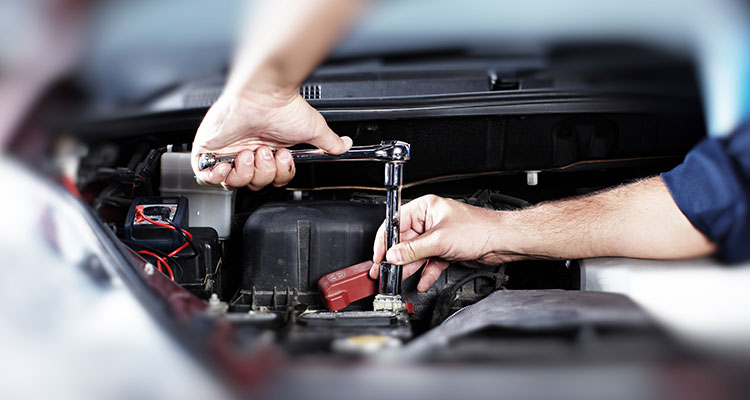A correctly configured timing belt ensures your engine can produce ample power without compromising on efficiency. The belt keeps the internal engine components operating smoothly throughout the life of your vehicle. If the timing belt stretches or snaps, your engine could suffer catastrophic failure in an instant. Luckily, you can keep this vital engine component in excellent condition by performing routine maintenance on a regular schedule. Here’s what you need to know about your timing belt.
Main Functions Of The Timing Belt
With help from the tensioner, the timing belt wraps around the crankshaft and camshaft pulleys to keep these vital internal components operating in unison. As the belt controls the camshaft and crankshaft timing, the valves and pistons move through the intake, compression, combustion and exhaust cycles. In many vehicles, this belt also spins the water pump to keep your vehicle’s cooling system operating at its peak efficiency.
If the timing belt stretches or slips out of place, the pistons could rapidly hit the valves in the head, causing them to bend or break. An improperly functioning timing belt can also stall the water pump, leaving the engine without vital coolant flow. As the engine overheats, the head and block deck surfaces could warp, resulting in a head gasket failure and the need for machining to restore the engine components.
Potential Belt Failure Points
Beyond the stretched or slipped timing belt, this important part could also fail at the teeth or fiber core. Although it rarely occurs, the belt could snap, especially if it was set too tight. Setting the timing belt too loose can cause the teeth to skip out of place as the engine runs. The belt might walk itself off the edge of the pulley if the tensioner, pulleys or covers exhibit slight defects.
Signs You Need A Timing Belt Replacement
You should always follow your vehicle manufacturer’s recommended service interval for timing belt changes to avoid catastrophic failure of this part. Although many vehicles have a 90,000 mile service interval for their timing belt, it is best to check with your auto tech to find out the specific interval listed for your vehicle year, make and model.
You should also watch and listen for signs of a problem to have potential issues rectified before the belt completely fails. High pitched whining noises or loud slapping sounds coming from the engine bay often indicate a worn or damaged timing belt. If your timing belt is visibly frayed, cracked or glazed, it may require replacement. Vehicles that are slow to start, or fail to run altogether, should also have their timing belts inspected and possibly replaced.
When it comes time to tackle your timing belt replacement, give the team at RC Auto Specialists in Tulsa a call to schedule your service appointment. Your technician will perform the auto repair process in a timely manner to keep your vehicle in excellent operating condition.

